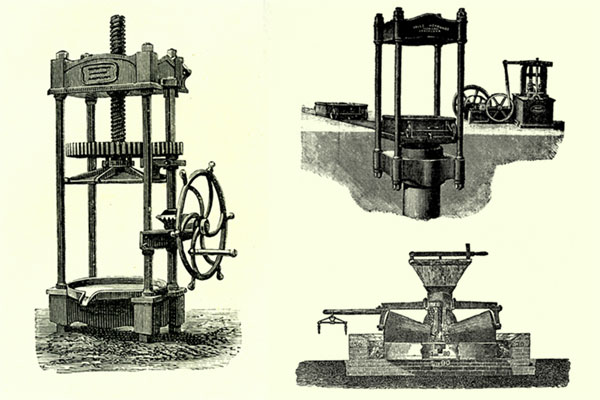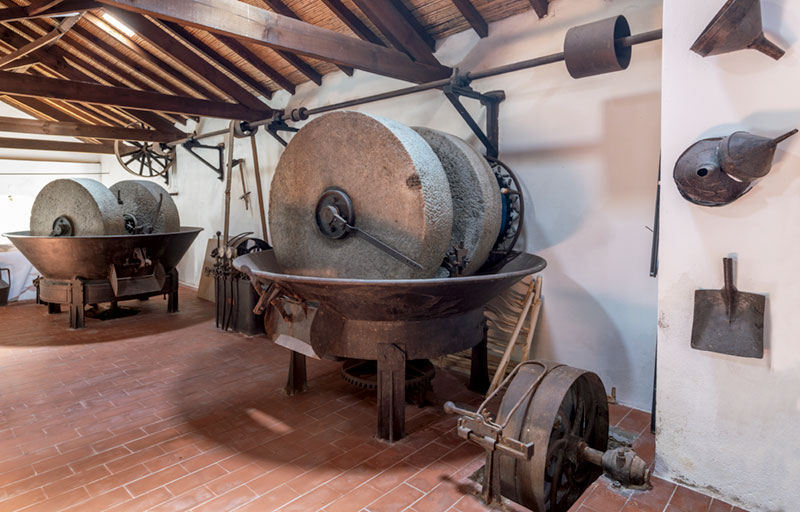Olive oil is the juice squeezed from olives or olives, as we want to call them, one name derives from Latin and the other from Arabic. Its use in cooking has been widely known since ancient times, as have its health-giving properties.
The first olive trees (Olea europea) originated from its wild variety, the wild olive, which has smaller fruits and leaves. It is believed that its cultivation began around 6,000 years ago in the region of Mesopotamia and coastal areas of the Caucasus and Syria.
In our country it was the Phoenicians who brought its cultivation about 1,050 years BC.
It was widely planted during the Roman Empire and later the Arabs renewed and extended the plantations with their spectacular development of agriculture.
These beautiful trees of great longevity and resistance with their twisted trunks full of hollows look like living sculptures and are reminders of times gone by. There are a multitude of varieties, one of the largest being the gordal sevillana and the smallest the leridana arbequina.
The ancient Egyptians believed that the goddess Isis brought them the olive tree and taught them how to produce oil. Ramses II, Pharaoh of Egypt in 1400 BC, used it regularly for curative purposes. They considered it a sacred tree and placed a sprig of olive in the sarcophagi of the deceased.
In ancient Greece, the sage Dioscorides described its medicinal properties and the first Olympic Games were inaugurated by lighting an olive branch. As a symbol of victory, victorious athletes were crowned with wreaths made from branches of the sacred olive tree in the temple of Zeus.
The Bible and the Koran also mention the olive tree in different parts of these sacred books, valuing its domestic use in food and to give light in lamps.
In America, it was the Spanish and Portuguese expeditions that introduced its cultivation in suitable climatic zones.
Our country has the privilege of being the largest producer of olive oil, exporting 65% to many countries. Its cultivation currently covers 2.75 million hectares, mainly in the centre, south and east of the peninsula. In Catalonia, the Arbequina variety is grown mainly in the region of Les Garrigues, whose small olives produce a very tasty and special oil.

For more than 500 years the oil has been produced in stone mills, pulled by horses or manually, the pulp was pressed with a large wooden beam and the oil obtained was collected, leaving it to settle to remove impurities.
Nowadays the process is similar but adapted to the most efficient modern technologies.
Our olives from the Cooperative of La Espluga Calba are taken directly from the field, washed and crushed in the same cooperative, obtaining a cold-pressed extra virgin olive oil of extraordinary quality.
Some years of intense cold ravaged our olive groves, as well as severe droughts and fires, but tenaciously cultivated by our farmers, they brought out new shoots and once again formed the beautiful trees that we can see in some of the historic olive groves.
In short, olive oil has a long history spanning thousands of years and has been appreciated by all cultures for its health benefits. Today the olive branch and the dove carrying it in its beak symbolise peace, something so necessary on our planet.





